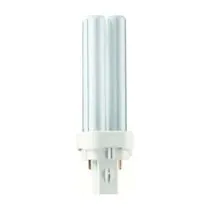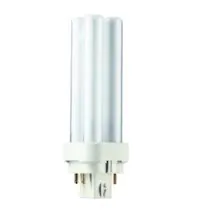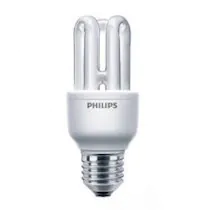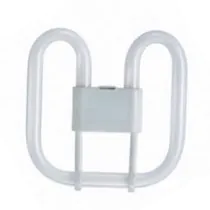CFL Bulbs
CFL bulbs, also known as energy saving light bulbs, are energy efficient light sources. The wide range of sockets, from E14 to 2-pins, makes the usage of CFL bulbs easy. Remember to check your current socket, color code and lumen before buying a new energy saving light bulb. Did you also know that there is an even more energy efficient light technology? Check out our LED CFL!
Show more
Filter inCategory
Too much choice?
Help me choose!
1-0 out of 0
results found
Filter
Sort by
CFL bulbs, also known as energy saving light bulbs, are energy efficient light sources. The wide range of sockets, from E14 to 2-pins, makes the usage of CFL bulbs easy. Remember to check your current socket, color code and lumen before buying a new energy saving light bulb. Did you also know that there is an even more energy efficient light technology? Check out our LED CFL!
Compare Products
(/)
You can have up to 5 products in the comparison list.




 With (LED) energy-saving light bulbs there are fittings/lamp bases with 2 pins or 4 pins. Always choose a energy-saving bulb with the same cap/base, otherwise it will not fit in the fixture and will not work. Energy-saving bulbs with a 2-pin base work with a conventional ballast (EM) incl. starter. Energy-saving bulbs with a 4-pin socket work with an electronic ballast (HF) without a starter.
With (LED) energy-saving light bulbs there are fittings/lamp bases with 2 pins or 4 pins. Always choose a energy-saving bulb with the same cap/base, otherwise it will not fit in the fixture and will not work. Energy-saving bulbs with a 2-pin base work with a conventional ballast (EM) incl. starter. Energy-saving bulbs with a 4-pin socket work with an electronic ballast (HF) without a starter. The colour code is a combination of colour rendering (CRI) and light colour (Kelvin). The first number indicates the colour rendering (1 = very poor colour rendering, 9 = maximum colour fastness). The second and third number contains the light colour. Example: the colour code 830 consists of good colour rendering (8) and warm white light (3000K).
The colour code is a combination of colour rendering (CRI) and light colour (Kelvin). The first number indicates the colour rendering (1 = very poor colour rendering, 9 = maximum colour fastness). The second and third number contains the light colour. Example: the colour code 830 consists of good colour rendering (8) and warm white light (3000K).
 Every bulb or fixture has an energy efficiency class A to G. Energy label A is the most efficient and G the least. LED lighting is the most sustainable lighting technique. Even if a LED bulb is rated E or lower, they still save 70% of energy compared to conventional lighting with the same energy label. Why is it the same label then? To motivate LED brands to get even more durable.
Every bulb or fixture has an energy efficiency class A to G. Energy label A is the most efficient and G the least. LED lighting is the most sustainable lighting technique. Even if a LED bulb is rated E or lower, they still save 70% of energy compared to conventional lighting with the same energy label. Why is it the same label then? To motivate LED brands to get even more durable.